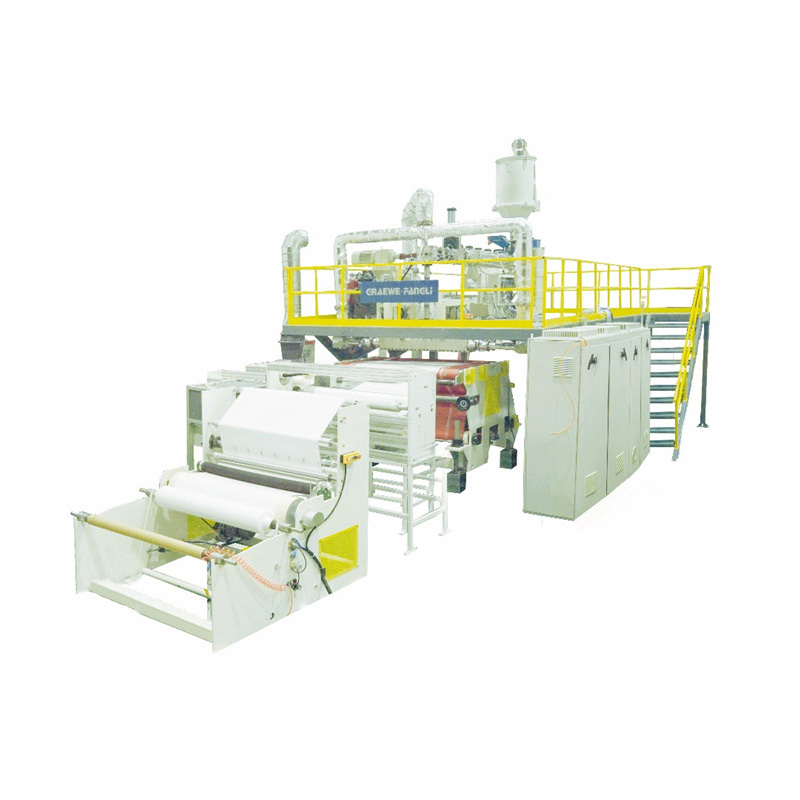Key components typically found in a PP melt-blown fabric production line
2023-12-02
The production of PP (Polypropylene) melt-blown fabric involves specialized equipment with key components designed to melt, extrude, and form fine fibers. Here are the key components typically found in a PP melt-blown fabric production line:
1. Extruder:
- The extruder is a crucial component that melts the PP pellets. It consists of a screw and barrel system that heats and pressurizes the polypropylene to transform it into a molten state.
2. Melt-Blown Die Head:
- The melt-blown die head is responsible for shaping the molten polypropylene into fine fibers. It contains tiny nozzles or orifices through which the molten polymer is forced, creating micro-sized fibers.
3. Airflow System:
- An airflow system, typically composed of hot air blowers, is used to draw and attenuate the extruded fibers. The high-velocity air stream stretches and breaks down the fibers, creating a web-like structure.
4. Collection Screen or Belt:
- The fine fibers are collected on a screen or conveyor belt. This component helps in forming a random distribution of fibers to create a uniform nonwoven fabric.
5. Cooling System:
- A cooling system may be employed to cool and solidify the melt-blown fabric, ensuring that it maintains its structure and integrity.
6. Roller System:
- A roller system may be used to further compact and stabilize the melt-blown fabric before winding it onto a roll.
7. Tension Control System:
- Tension control systems are important for maintaining the proper tension during the manufacturing process. Consistent tension helps ensure the production of high-quality melt-blown fabric.
8. Winding and Slitting Units:
- The finished melt-blown fabric is wound onto rolls. Slitting units may be used to cut the fabric into the desired width for subsequent processing or product manufacturing.
9. Quality Control and Monitoring:
- Various sensors and monitoring devices are integrated into the equipment to ensure the quality and consistency of the melt-blown fabric. Parameters such as fiber diameter, basis weight, and uniformity are monitored to meet required standards.
10. Electrostatic Charging (Optional):
- An electrostatic charging system may be incorporated to enhance the filtration efficiency of the melt-blown fabric. This is particularly important for applications like face masks.
11. Control Panel and PLC (Programmable Logic Controller):
- A control panel with a PLC is used to monitor and control the various parameters of the melt-blown fabric production process. It allows operators to adjust settings and ensure the equipment operates within specified parameters.
These key components work in concert to transform polypropylene pellets into a fine, nonwoven melt-blown fabric with specific characteristics, making it suitable for various applications, especially in the production of face masks and other filtration products.



